Exercise 1
Embibe Experts Social Science Solutions for Exercise 1
Simple step-by-step solutions to Exercise 1 questions of Introduction: What, Where, How and When? from Social Science Textbook of Competency Based Questions for Class VI. Also get 3D topic explainers, cheat sheets, and unlimited doubts solving on EMBIBE.
Questions from Exercise 1 with Hints & Solutions
Hidden in the word search are the names of eight sources of History. Find them.
| C | F | W | Q | L | U | I | E | P | V | N | B |
| M | O | N | U | M | E | N | T | S | X | C | L |
| A | R | T | E | F | A | S | O | Z | D | S | O |
| R | T | H | J | S | K | C | O | U | D | S | R |
| T | S | P | I | V | Q | R | L | Y | R | B | N |
| E | Z | C | E | O | W | I | S | A | W | P | A |
| F | G | H | K | Q | Z | P | R | P | W | E | M |
| A | R | I | N | X | A | T | O | U | Q | W | E |
| C | B | W | R | I | T | I | B | A | T | O | N |
| T | V | P | E | U | P | O | T | S | E | R | T |
| S | O | I | N | M | Q | N | C | Y | W | X | S |
| F | L | C | O | I | N | S | G | J | K | E | N |
Read the passage carefully and answer the following questions.
One fine morning in a cowboy named George Mcjunkin saw some sun-bleached bones. He pried the pieces of bones out with his knife. He took the finds back to his house, where they lay around for seventeen years. In , someone sent the bones to Figgins, the director of the Colorado Museum of Natural History. The following year, Figgins dug the same area and found more bones and stone tools. It was then realised that it was a proof of human existence at the same time when long-extinct animals inhabited that area. The excavated items fall under which historical sources?
Look at the following pictures. The objects shown in the pictures are the sources that archaeologists use to study the past. Write whether they are 'archaeological' or 'literary' sources in the blank boxes.
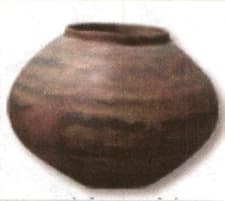 _____.
_____.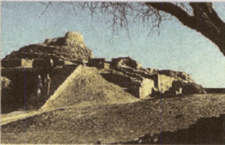 _____.
_____.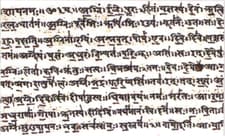 _____.
_____.
Solve the crossword.
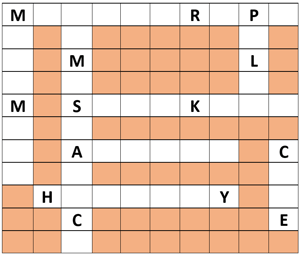
ACROSS (→)
- Handwritten record
- Information about past
- Religious books of Jains
- Language of Vedas
DOWN (↓)
- Ancient building
- Study of coins
- Home of ancient man
- Language of Buddhist literature
Carbon dating is a method of estimating the age of materials. This method, developed by Willard F. Libby can date samples that are as old as years. It has proven to be useful in archaeology, geology, geophysics, and other branches of Science. Carbon dating is based on the fact that plants and animals contain carbon in a ratio that matches the percentages found in the atmosphere for as long as they are alive. This is true because most life on Earth is carbon-based; plants absorb it through photosynthesis and animals absorb it by eating plants or animals that eat plants. Once an organism dies, the carbon intake stops, and the percentage of carbon- decreases. To calculate the date of an object, researchers compare the percentage of carbon- it contains to the normal percentage found in the atmosphere. The lower the ratio, the older the object. Do you ever wonder how the age of ancient tools, bones and other materials is determined?
Distinguish between archaeological and literary sources.
Use the picture to answer the questions.
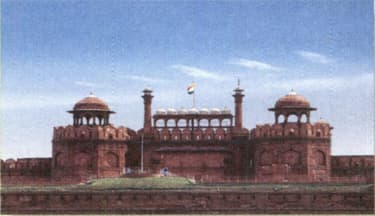
What kind of information will we get from it?
Use the picture to answer the questions.
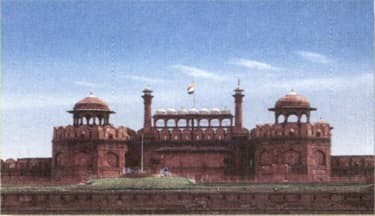
Which monument is shown in the picture?
